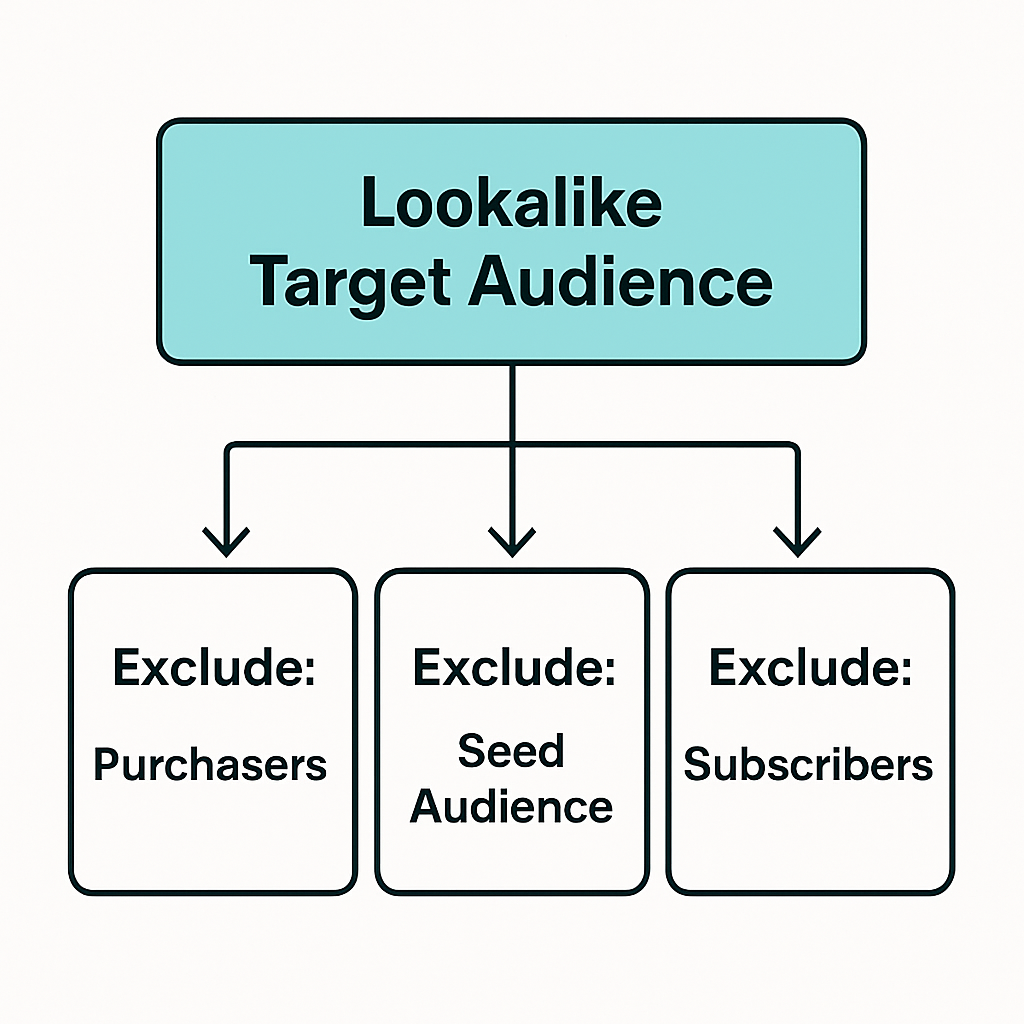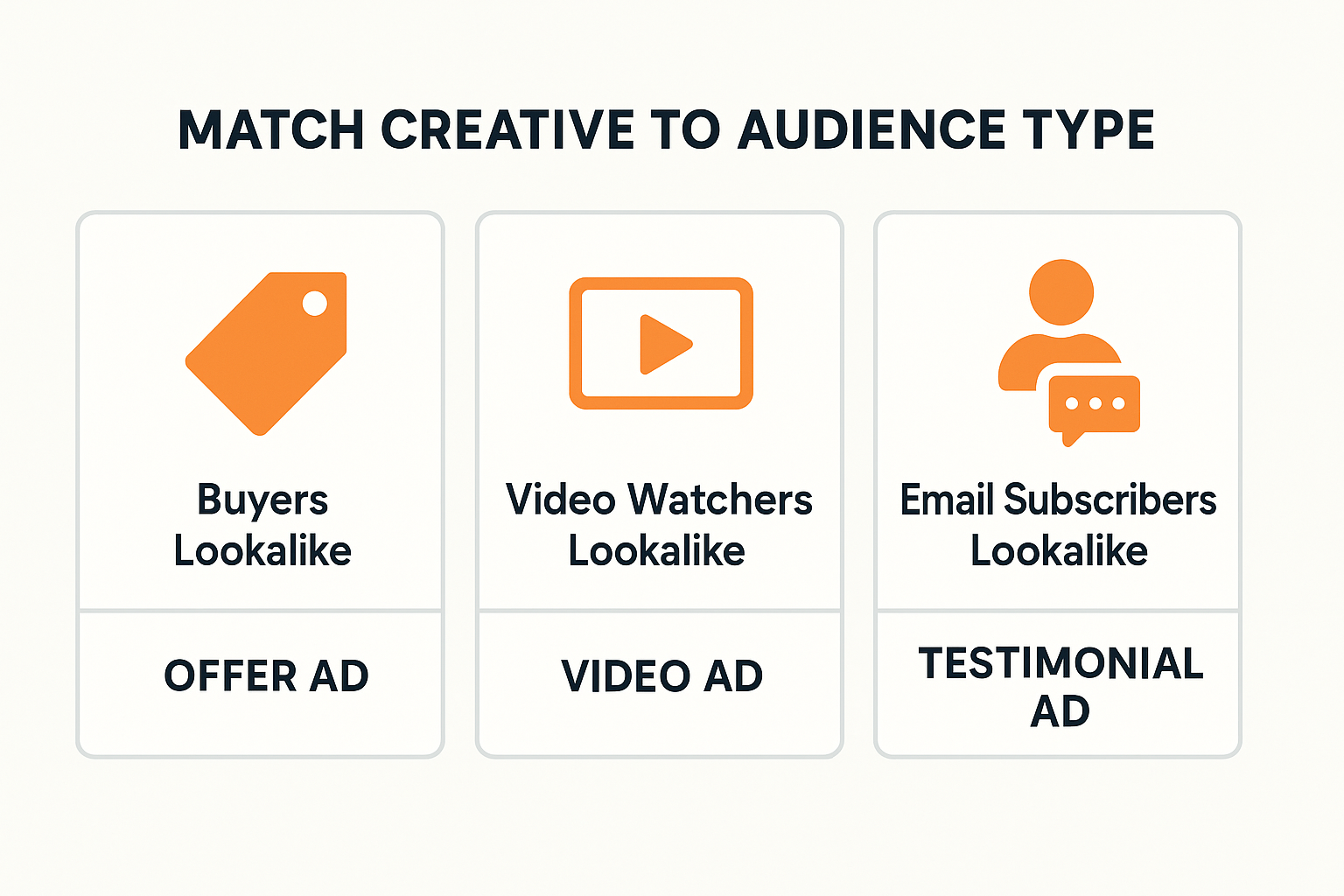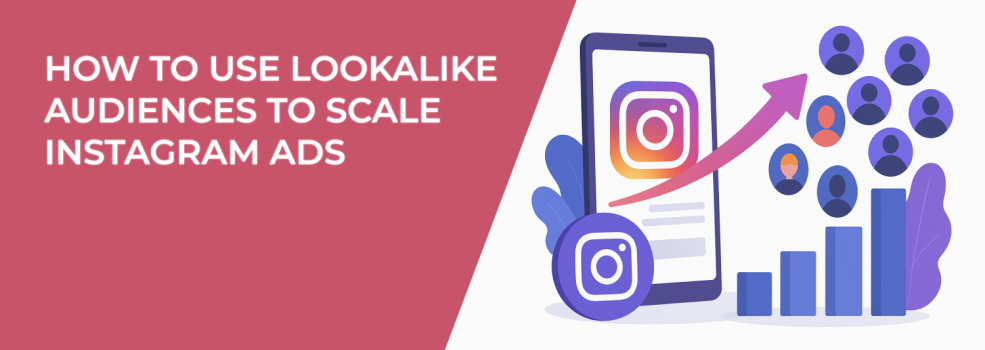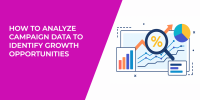If you’ve already run Instagram ads and want to grow your results without starting from scratch, lookalike audiences are one of the most efficient tools you can use.
They let you reach new people who behave like your existing customers. Sounds like a shortcut? It kind of is — but only if you do it right.
What Is a Lookalike Audience on Instagram?
A lookalike audience is a group of Instagram users who share similar characteristics with people you already know — like your customers, leads, or followers. Meta’s system uses data points such as:
-
Age, gender, and location,
-
Engagement with content,
-
Purchase behavior,
-
Ad click patterns,
-
Pages and accounts followed.
Using this, it finds new people who "look like" your source audience — meaning they’re more likely to be interested in your offer.
Dive deeper into the concept: Custom vs Lookalike Audiences: What Works Best for Facebook Campaigns?
Start with a Strong Source Audience
Lookalike audiences only work if your source data is strong. That means using people who have already taken valuable actions — not just random followers.
Here are some examples of good source audiences:
-
People who made a purchase in the last 30–60 days,
-
Instagram followers who commented, shared, or saved your posts,
-
Visitors to a high-intent page on your site (like pricing or checkout),
-
Leads from quizzes, email forms, or gated content,
-
Custom audiences built using LeadEnforce tools.
Avoid building lookalikes from a mixed group of people who haven’t taken real actions — that leads to lower performance.
Choose the Right Size (1%, 3%, or 10%?)
Meta lets you choose how big your lookalike should be. The smaller the percentage, the closer the match — but also the smaller the audience.
-
1% is the most accurate. It includes people most similar to your source.
-
2–3% opens things up a bit, helping you scale with moderate precision.
-
5–10% gives you big reach, but you’ll lose a lot of accuracy.
Start with 1%. Once you find an ad that works, test scaling with 2% and 3% to find the sweet spot for your brand.
Learn how to scale smarter: How to Optimize Campaign Performance with Lookalike Audiences
Always Use Exclusions
Don’t forget this step — it’s easy to overlook and expensive to ignore.

When using lookalike audiences, make sure you exclude people you’ve already reached or converted. Otherwise, you’ll waste money on people who already bought from you.
Set up exclusions for:
-
Your original source audience,
-
Existing customers (if you’re prospecting),
-
People who already signed up or converted,
-
Followers (if your goal is new reach).
This keeps your ads focused on new potential customers.
Related tip: When to Use Exclude Targeting on Facebook and Why It Matters
Match Your Creative to the Audience
Even the best audience won’t convert if the ad creative isn’t a good fit.

Think about where your lookalike is coming from and what kind of message would speak to that group. Here are a few ideas:
-
Lookalike of recent buyers: Show bundle deals or limited-time offers.
-
Lookalike of video viewers: Use short Reels or UGC-style videos.
-
Lookalike of newsletter subscribers: Try product demos, case studies, or testimonials.
Instagram is a visual platform — make sure your images or videos are designed for feed, Stories, or Reels.
For Instagram creative tips: How to Use Instagram Reels in Your Marketing Strategy
Scale in Phases (Not All at Once)
Want to scale without breaking your ad performance? Do it step by step. Here’s a simple plan:
-
Test your best-performing creative with a 1% lookalike audience.
-
Monitor performance (CTR, CPA, ROAS) over a 3–5 day period.
-
Duplicate your campaign and test a 2%–3% lookalike.
-
Pause low performers quickly, and move budget to the top one.
-
Refresh your lookalike sources every 30–60 days to keep them accurate.
As you go broader, keep a close eye on cost-per-result and click quality.
More on this topic: Scaling Instagram Ads While Maintaining ROI: What You Need to Know
Lookalike Audience Do’s and Don’ts
Here’s a quick checklist to help you stay on track:
Do:
-
Use high-quality, recent source audiences,
-
Test different lookalike sizes separately,
-
Use exclusions to avoid overlap,
-
Refresh your lookalikes regularly.
Don’t:
-
Use old or low-intent audiences,
-
Combine too many source types into one group,
-
Scale too fast without testing,
-
Assume a 10% lookalike will perform the same as 1%.
Want to Build Lookalikes from Other Pages?
Normally, Meta only lets you build lookalikes from your own audiences. But with LeadEnforce, you can create custom audiences from:
-
Facebook groups you don’t own,
-
Instagram pages from influencers or competitors,
-
People who follow niche accounts relevant to your offer.
Once built, you can create lookalikes from these audiences and run ads to fresh, high-potential prospects.
Final Thoughts
Lookalike audiences are one of the easiest and most effective ways to grow your Instagram ad results. But they work best when you:
-
Start with the right seed audience,
-
Choose the right size,
-
Exclude the right people,
-
Match your creative to the audience’s mindset,
-
Scale gradually with performance in mind.
When done right, lookalikes help you grow fast — without throwing away your ad budget on cold, unqualified clicks.

